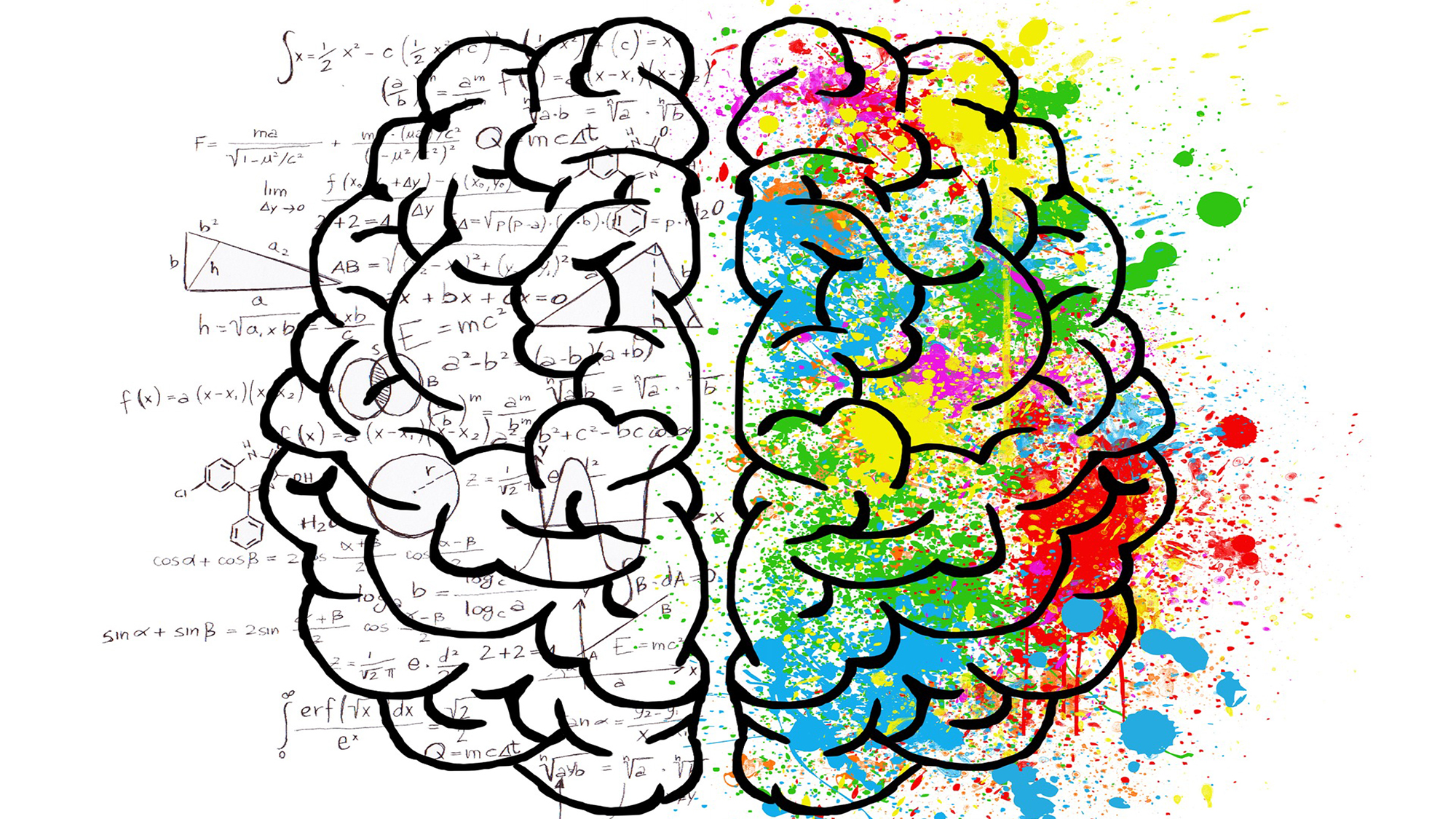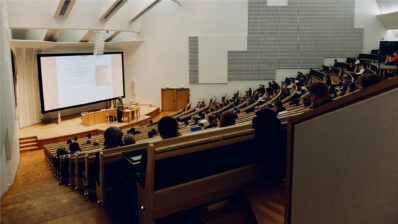Memory is a fascinating brain function: what we are and what we do greatly depends on it. Each brain hemisphere is related to the registration of specific forms of memory:
- the right hemisphere records more visual and spatial memories, such as drawings.
- the left hemisphere registers the verbal memory, for example word lists.
In the deepest part of the brain a structure exists that has special relevance for memory, the hippocampus. The hippocampus acts as a gateway that allows the recording of memory in the cerebral cortex. When it is definitely injured, the person ceases to form new memories but he or she is still able to recall what was already recorded. This fact is sometimes difficult to understand: how patients are able to remember things from their youth, but unable to remember what they did the previous day.
The hippocampus, in the deepest part of the brain, has special relevance for memory. If injured, new memories are not formed.
Memory highlights a general biological principle: any behaviour of an organism is the result of a hierarchical organization: molecules, synapses, neurons, neural circuits, connections between circuits, and ultimately behaviour. This whole organization changes constantly through the experiences that we live. Creating memories is the result of certain connections (synapses) of the cerebral cortex.
With so many actors involved we can say that, like memory, research on memory requires the same cooperation to work, and it is necessarily multidisciplinary.






